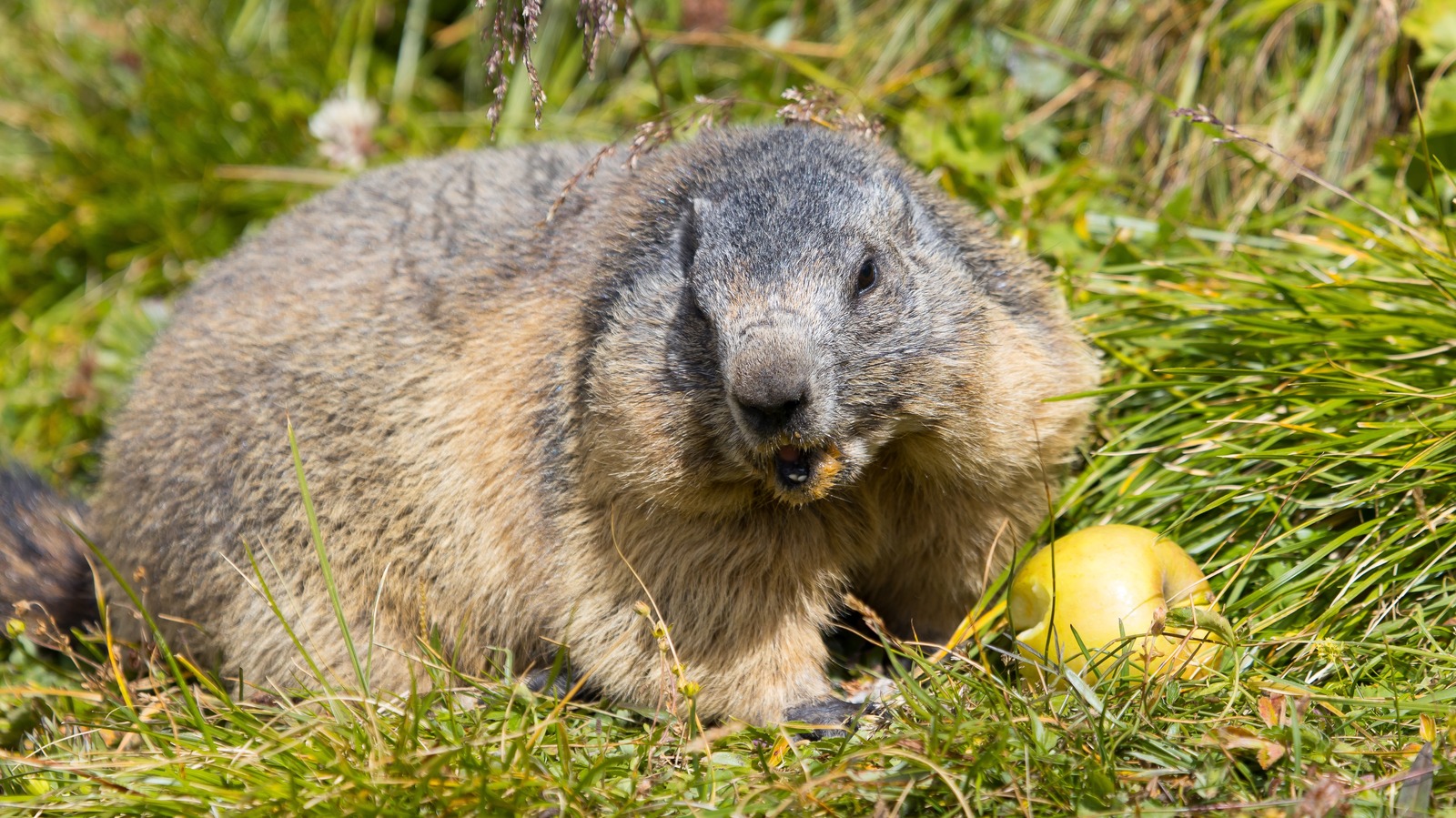We may receive a commission on purchases made from links.
If a groundhog has tunneled into your yard and you suddenly find yourself relating to the golf course groundskeeper in “Caddyshack,” desperate for a way to eradicate the garden-munching varmint putting holes in your lawn, a surprisingly simple solution might already be sitting on your kitchen counter or compost pile: apples, or apple scraps. There are a lot of different ways to use apple peelings, and they are great for luring in groundhogs. These animals are herbivores with a strong preference for fruit, and apples just so happen to be a juicy kitchen ingredient you can use to humanely get rid of them.
Apples’ sweet scent — particularly ones that are a little past their prime — is hard for groundhogs to resist. Place your apple bait just beyond the trigger plate of a humane live trap (like this one by Havahart), so the animal must walk fully inside to get a bite. Set the trap near the entrance to the burrow or along a path the groundhog regularly uses. For extra encouragement, scatter a few smaller apple slices at the trap’s mouth. There are, of course, several ways to get groundhogs out of your yard, but fruit is a reliable, accessible go-to.
While apples are especially tempting, other fruits, such as cantaloupe and peaches, also work well. However, apples tend to last longer (there’s also one type of apple you can store longer to keep a supply on hand) and are less messy — making them a more practical ingredient when you’re trying to set up a trap and leave it undisturbed for several hours or overnight.
Apple scraps and apple cores work great as groundhog bait
There are many clever ways you can repurpose kitchen scraps to cut down on food waste, plus using apple leftovers instead of fresh fruit is economical. Apple cores and peels still pack a strong aroma that travels well through the air, drawing groundhogs in even if the trap isn’t placed directly next to their den. Their firm texture also ensures the bait stays intact inside the trap, reducing the chance of it falling apart before the job is done.
If you do manage to catch a groundhog, be sure to act quickly and check local wildlife regulations before relocating it. In some areas, you’ll need a permit or may be required to call animal control or a licensed trapper. Once you get the all-clear, release the captured groundhog at least five miles from your home to prevent its return. After removal, it’s important to make your yard less inviting to future pests. Seal off abandoned burrows, clear out dense vegetation, and consider adding underground fencing around decks and sheds to block future diggers.






